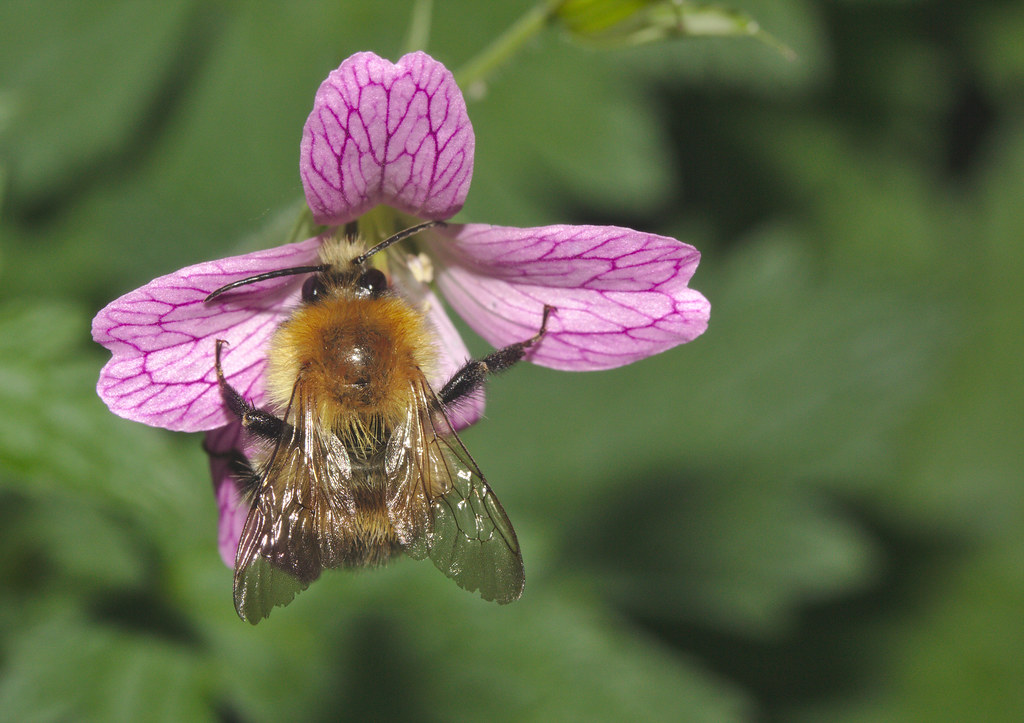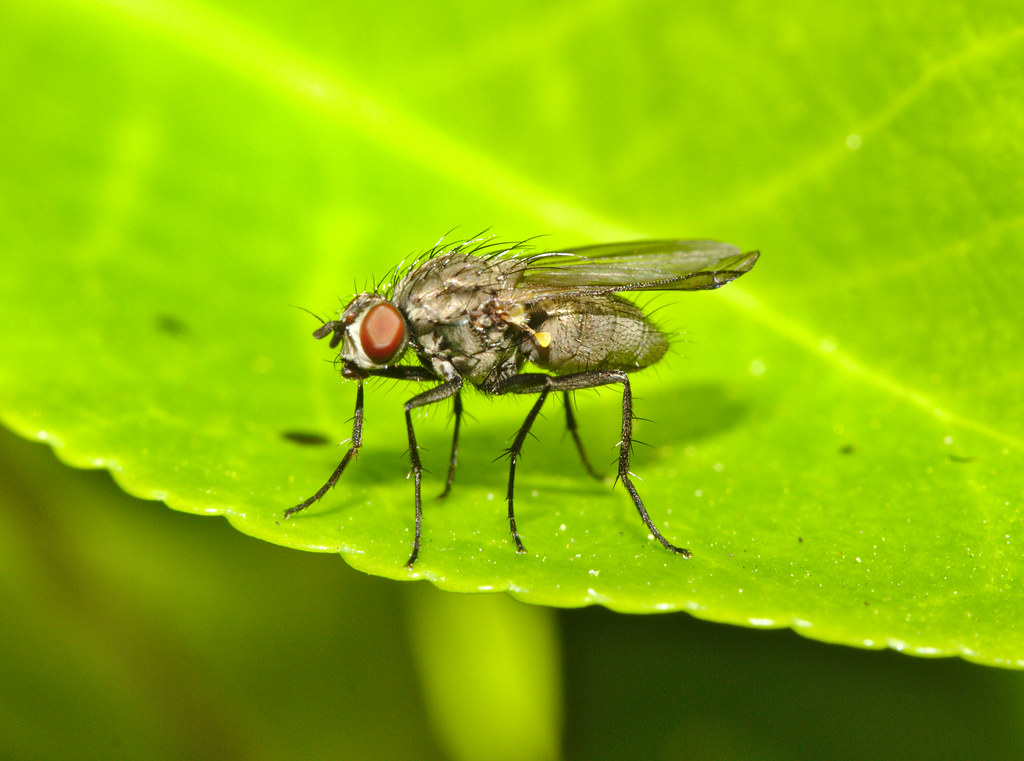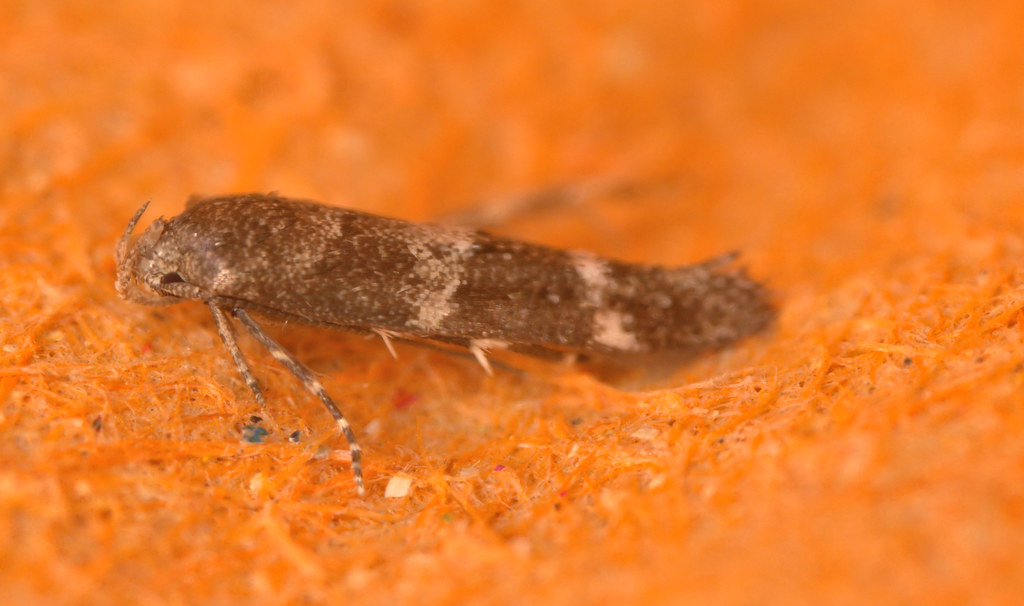Brian Valentine (LordV) is one of my macro heroes. He has produced many beautiful, stunning images, and must have inspired goodness knows how many people to take up/improve their macro photography.
Brian uses Canon kit, APS-C and full frame, and excellent lenses including the MPE-65.
Brian does stacking, using Zerene Stacker I think, and I suspect they are mainly stacks of fairly small numbers of images. I suspect that none of his cameras provide automated capture of a set of images to be used for focus stacking.
Achim Kluck, who David linked to, uses a GH5, the top of the range Panasonic micro four thirds camera, and also a GX80, a less expensive micro four thirds camera. Both can use Panasonic's "Post focus" facility. This produces a 4K video (around 3300 x 2500 pixels on my FZ330). During a post-focus capture the focus is racked from the nearest to the furthest thing that the camera can focus on. JPEG stills can be extracted from the 4K video and used in a stacking application. There may be 100 or more stills in a 4K post-focus video. Achim Kluck uses Helicon Focus for stacking.
I have used post-focus and Helicon Focus and this combination considerably simplifies the production of stacked images.
The capture is straightforward - keep the camera fairly still (I have done it hand-held) while the video is captured over the course of up to several seconds. Then point Helicon focus at the video and Helicon Focus will extract the stills (and does this quite fast). You then choose which of the stills to use; there are some at the start and end of the sequence that must be discarded, and others may be discarded depending on what you want to be in and out of focus in the stacked image.
The process of doing the stacking can be very time-consuming. Helicon Focus is quite fast at doing the processing, but there tend to be issues, including halos (I noticed a few, very few though, in Achim Kluck's images) and issues where the subject or part of the subject or part of the scenery moved while the post focus video was being captured. Solving these issues can be extremely time-consuming (up to hours on a single image, occasionally). There is one issue, which is visible in some of Achim Kluck's images, which I don't know of any solution to - that is the sudden transition from in-focus to out-of-focus areas, which can make images look rather unnatural to my eye. In fact, although I was deeply impressed with Achim Kluck's stacked images, I did feel that some of them had a slightly unnatural look to them, mainly not associated with sharp in/out-of-focus transitions. I couldn't pin down exactly what was troubling my eyes.
You can't use flash for post-focus captures. As an alternative to using natural light, which may not be bright enough, I have used a diffused LCD light.
The GH5 will do 6K post-focus capture. (More pixels than 4K, but I don't know how many more. Definitely not 6000 pixels across. )
Recent Panasonic cameras will do focus bracketing. This captures a number of images that you specify and racks the focus an amount you specify between shots. This produces a set of full size images which can then be used for stacking. The images can be JPEG or raw, although I found raw impractical for large stacks because once the buffer fills the capture slows to a glacial rate.
Achim Kluck has used focus bracketing, but I only noticed one of the images where this was the case. Given so much use of post-focus and so little of focus bracketing I imagine Achim Kluck has come to the conclusion that post focus is the better option. He has used both 4K and 6K post-focus captures.
Achim Kluck is using two high class lenses, the Olympus 60mm macro and the Panasonic 100-400. (Incidentally, like other autofocus macro lenses I have used the Olympus 60mm macro increasingly hunts for focus as the magnification increases. While this is relevant in post-focus while the camera seeks the nearest thing it can focus on, the subsequent sweep to the back can go as fast as the images can be captured as the focus is moving in predefined steps. The tendency to hunt is not relevant at all for focus bracketing as the photographer defines the nearest thing to be focused on by virtue of where the camera is positioned, and then the sweep is made using predefined steps.)
I have written about my experiments with post-focus, focus bracketing and stacking with Helicon Focus in
this post in my journey thread, which has links to other posts and threads here and at dpreview where I have written more about it.
I have not used focus stacking since doing the experiments described in the linked posts. Having seen Achim Kluck's work I am very inclined to do some more.
 Bumblebee IMG_5192 by davholla2002, on Flickr
Bumblebee IMG_5192 by davholla2002, on Flickr Bumblebee IMG_5192 by davholla2002, on Flickr
Bumblebee IMG_5192 by davholla2002, on Flickr

 Fly IMG_0984
Fly IMG_0984 Africanviolet
Africanviolet Micromoth EF7A5265
Micromoth EF7A5265